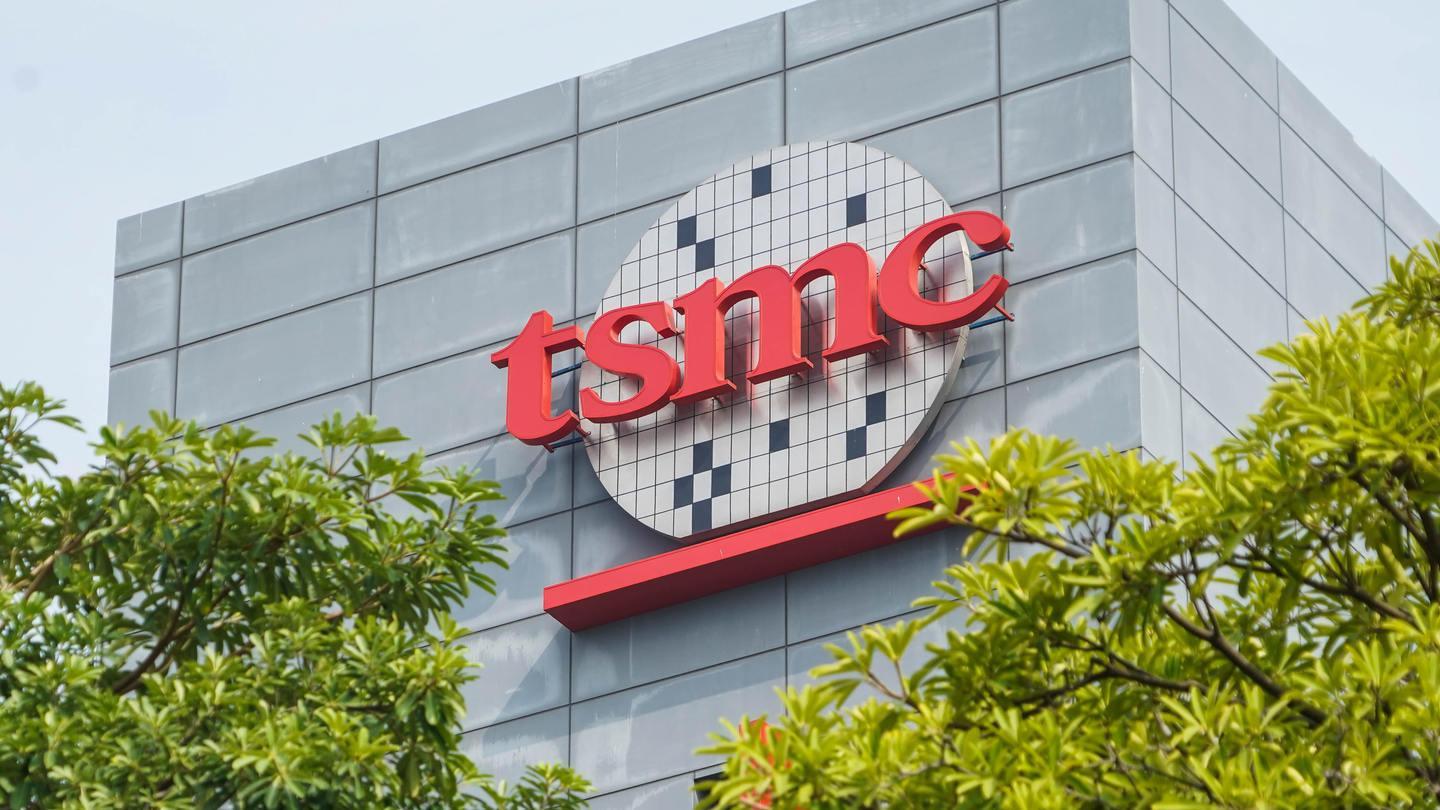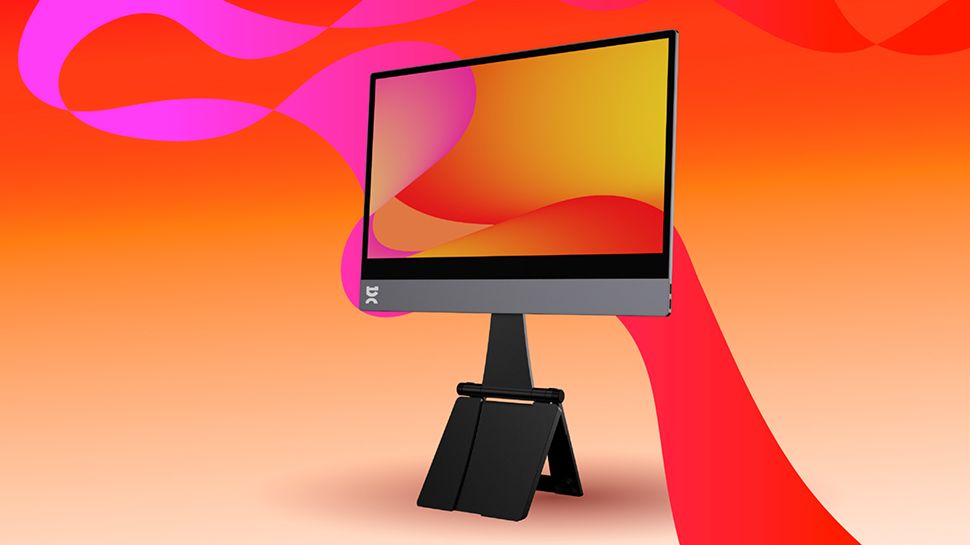There are currently nine companies worldwide with a market capitalization of $1 trillion or higher. Taiwanese semiconductor manufacturing (NYSE: TSM) fluctuates between exceeding that threshold based on daily trading, so the actual figure is more like 10 companies. However, investors want to know which company will be next to join the exclusive $1 trillion stock club.
That could be a chip giant Broadcom (NASDAQ:AVGO)which is involved in multiple industries, including artificial intelligence (AI). It’s valued at around $750 billion, so there’s still a way to go before it reaches a market cap of $1 trillion. And it’s in a race with the drug manufacturer Eli Lilly (NYSE: LLY)banker JPMorgan Chase (NYSE:JPM)and retailer Walmart (NYSE:WMT)all of which are valued between $680 billion and $710 billion.
Will Broadcom get there first? Let’s find out.
Broadcom has many product lines
Broadcom does a lot of things in technology, with both software and hardware products diversifying it significantly.
On the software side, it offers cybersecurity, mainframe and enterprise software. However, the largest part of its software portfolio came through acquisitions when it bought VMware for $69 billion last year. VMware enables its customers to create virtual desktops, which can securely improve a company’s use of computing resources.
On the hardware side, Broadcom has several connectivity switches that route traffic to a data center. The most popular are the Tomahawk 5 and Jericho3AI switches, which have seen a surge in popularity as demand for AI has caused demand for data centers to skyrocket. In the third quarter of fiscal 2024 (ending August 4), these two products saw their sales grow 300% year over year.
Broadcom also helps design custom AI accelerators, which deliver better performance than graphics processing units (GPUs) when the workload is configured to be optimized for the chip design. Sales from this line grew by no less than 250% year-on-year in the third quarter.
Broadcom clearly has huge tailwinds in AI. The problem is that they may be drowned out by the rest of the company, which is growing more slowly.
Wall Street expects a strong 2025 from Broadcom
Overall, third quarter revenue rose 47% year over year, which seems impressive. However, when VMware revenue is excluded (the company was not part of Broadcom last quarter), this figure drops to just 4%. That’s pretty disappointing, especially considering how well some subgroups of the company are doing.
But that is a thing of the past; How will Broadcom fare in 2025 when including the VMware acquisition in year-over-year comparisons? Wall Street thinks it will go very well.
For fiscal 2025, The Street expects revenue to grow 17% and earnings per share (EPS) to rise 29%. That’s in line with how some other tech giants are performing, so Broadcom shouldn’t be viewed differently, even if some business segments aren’t performing at the same level.
The stock trades at a fairly reasonable price of 26.7 times forward earnings, which also puts it around the same level as its big tech peers (the sharp drop on the chart in October is due to analysts cutting their adjusted future profit expectations).

AVGPO PE ratio (forward), data according to YCharts.
Broadcom is essentially growing at the same pace and trading around the same range as other members of the $1 trillion club. As a result, the country doesn’t have the benefit of rapid growth or a cheap valuation that could quickly push it over the $1 trillion threshold.
The stock price will likely grow at around the same rate as earnings per share, as that rate is highly correlated with long-term stock price growth. With expected growth of about 30% by 2025, plus the need for the stock price to rise by about 30% to reach a $1 trillion valuation, don’t be surprised if Broadcom becomes the next company with a worth $1 trillion.
Will that be enough to beat Eli Lilly, JP Morgan or Walmart to the finish? I’m not sure, but Broadcom has a fighting chance with its strong AI product offering.
Don’t miss this second chance at a potentially lucrative opportunity
Have you ever felt like you missed the boat on buying the most successful stocks? Then you would like to hear this.
On rare occasions, our expert team of analysts provides a “Double Down” Stocks recommendation for companies they think are about to pop. If you’re worried that you’ve already missed your chance to invest, now is the best time to buy before it’s too late. And the numbers speak for themselves:
-
Nvidia: If you had invested $1,000 when we doubled in 2009, you would have $368,053!*
-
Apple: If you had invested $1,000 when we doubled in 2008, you would have $43,533!*
-
Netflix: If you had invested $1,000 when we doubled in 2004, you would have $484,170!*
We’re currently issuing ‘Double Down’ warnings for three incredible companies, and another opportunity like this may not happen anytime soon.
See 3 “Double Down” Stocks »
*Stock Advisor returns November 18, 2024
JPMorgan Chase is an advertising partner of Motley Fool Money. Keithen Drury holds positions in Taiwan Semiconductor Manufacturing. The Motley Fool holds positions in and recommends JPMorgan Chase, Taiwan Semiconductor Manufacturing, and Walmart. The Motley Fool recommends Broadcom. The Motley Fool has a disclosure policy.










